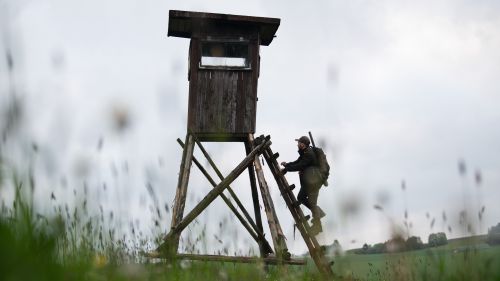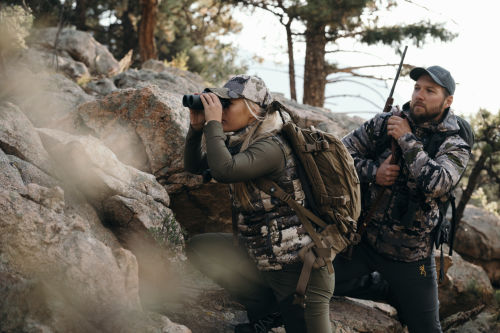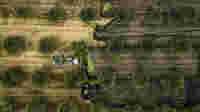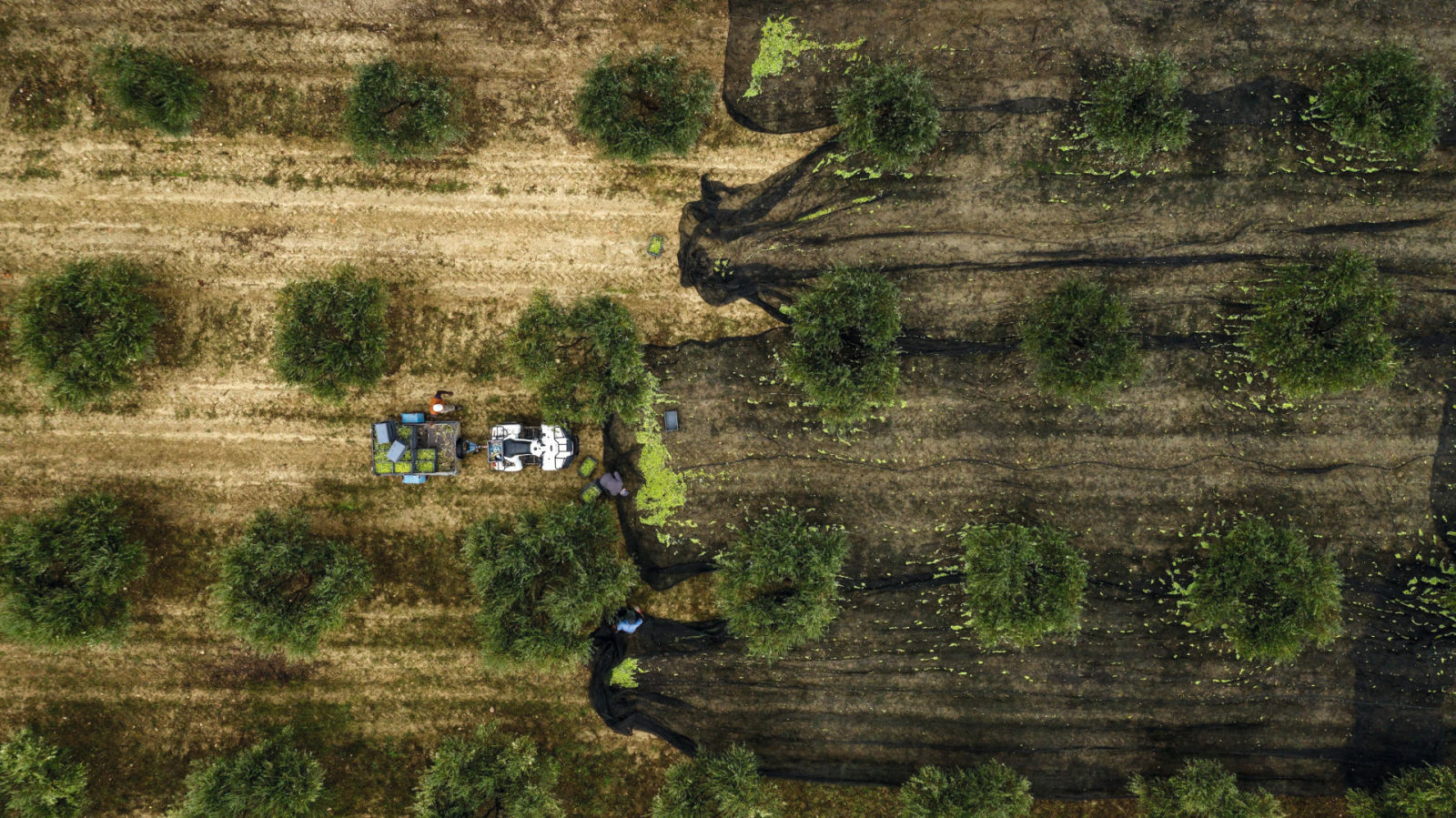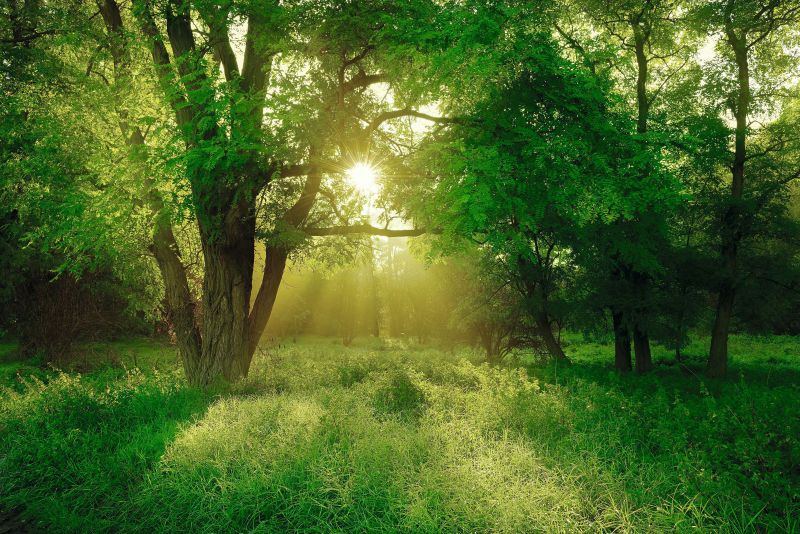For the production of the limited-edition CL Companion Habicht binoculars, we placed particular emphasis on sustainable materials. In this article, we provide an insight into how olives leaves are used to tan the Nappa leather for our anniversary binoculars. We also show how our sustainability approach is applied to the accessories.

Tanning with olive leaves
Is it sustainable?
Leather is a natural by-product from the meat industry. Olive leaves are a by-product too, as only the fruit is used to make olive oil. By tanning leather with olive leaf extracts, the two by-products, leather and olive leaves, can be put to practical use: the result is vegetable-tanned leather.
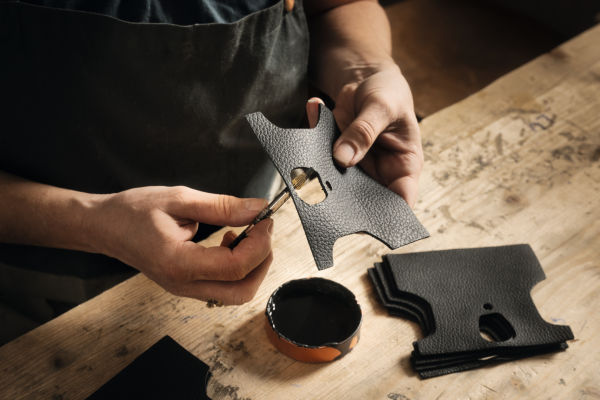
Conventional versus vegetable tanned
What is the difference?
Conventional tanning usually involves the use of chrome or other chemicals. These processes are quick and economical – however, the disposal of the chemicals is problematic as they do not degrade in nature. The olive leaf tanning process uses waste products from olives (pomace, black water: wastewater from olive mills). No harmful waste substances are generated by this form of tanning.

Making practical use of by-products
Where do the leaves come from?
The olive leaves are not “produced” specifically for leather tanning. The process uses by-products and waste generated automatically during the production of olive oil. Making use of these by-products and waste also reduces the workload of the olive-producing regions since there is no need to burn the leaves – as is common practice. At the end of the tanning process, the production waste is composted (the tanning agent is biodegradable) and reused as fertilizer in the fields.
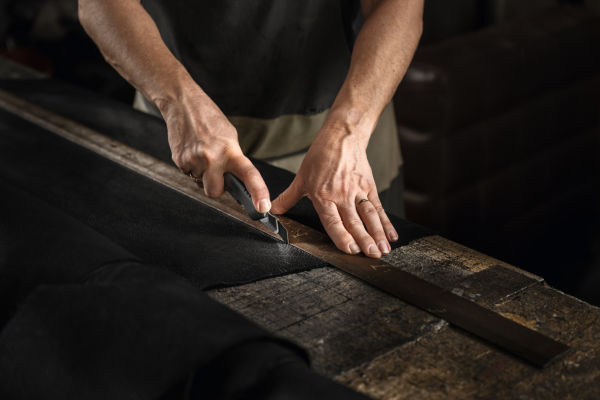
Leather with a green touch
Advantages at a glance
100 percent vegetable tanning agent derived from olive leaves
No use of chrome or other chemicals
Savings in water, energy, and additives with vegetable tanning
Upcycling: made using by-products from the meat and olive industries

Sustainable design – including accessories
Loden cloth from Germany
Sustainable materials have also been selected for the CL Companion Habicht accessories. The material for the bag consists of 100 percent wool (loden cloth). The wool fabric is produced in Germany and stitched into bags for the CL Companion Habicht in Tyrol, Austria. The carrying strap and components for the bag are made from the same vegetable-tanned Nappa leather as the CL Companion Habicht. Sustainability extending to accessories.

